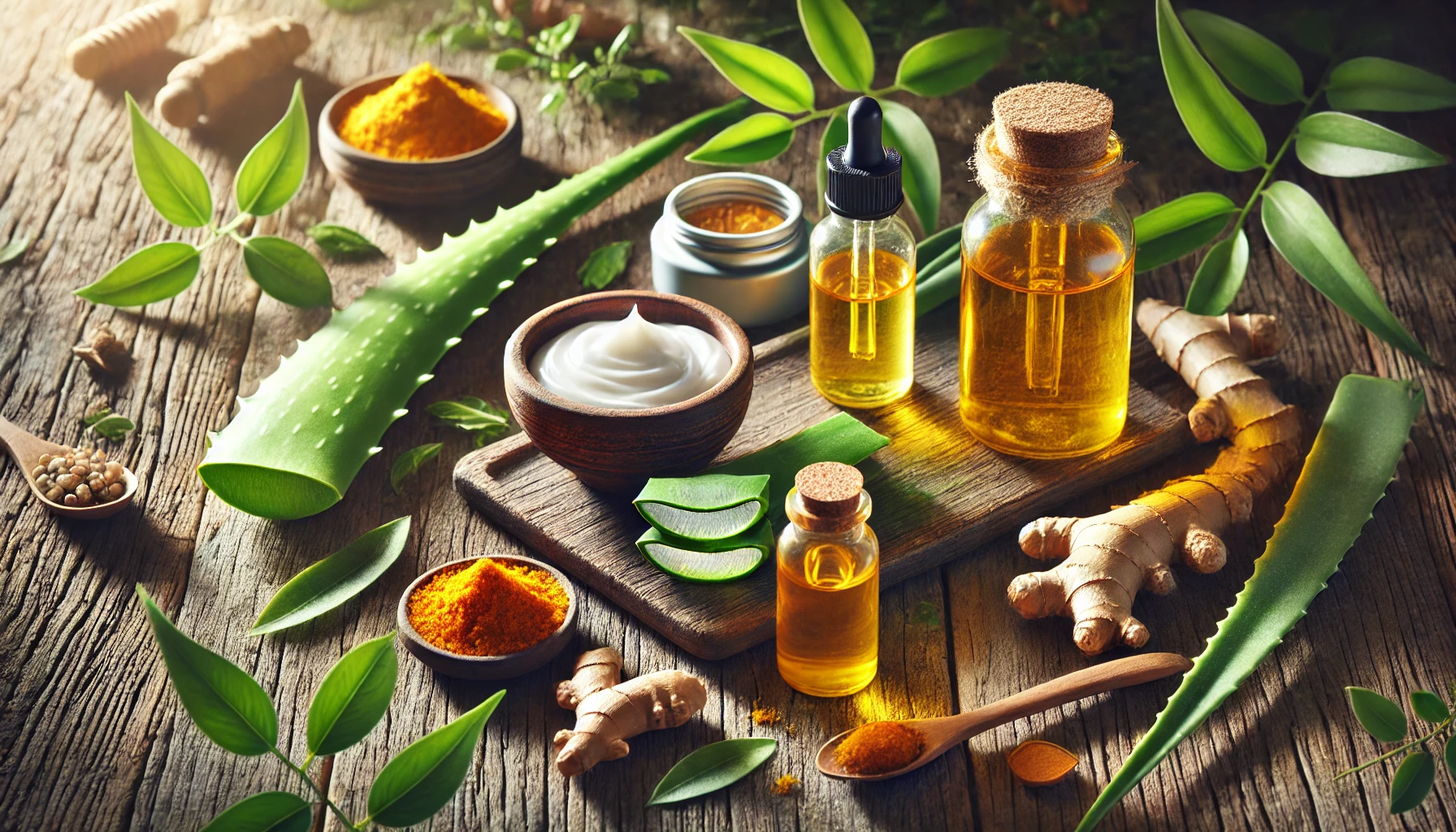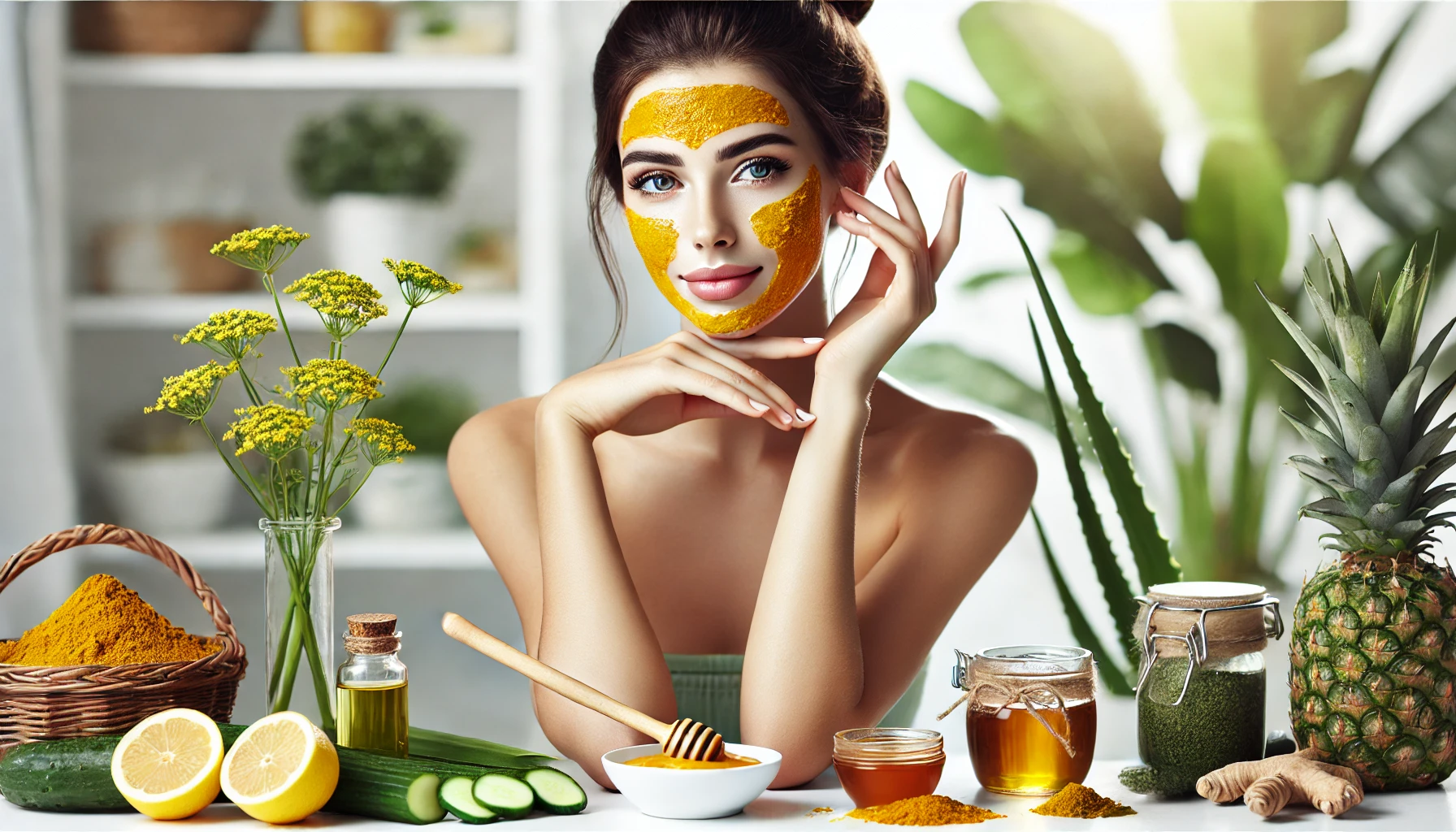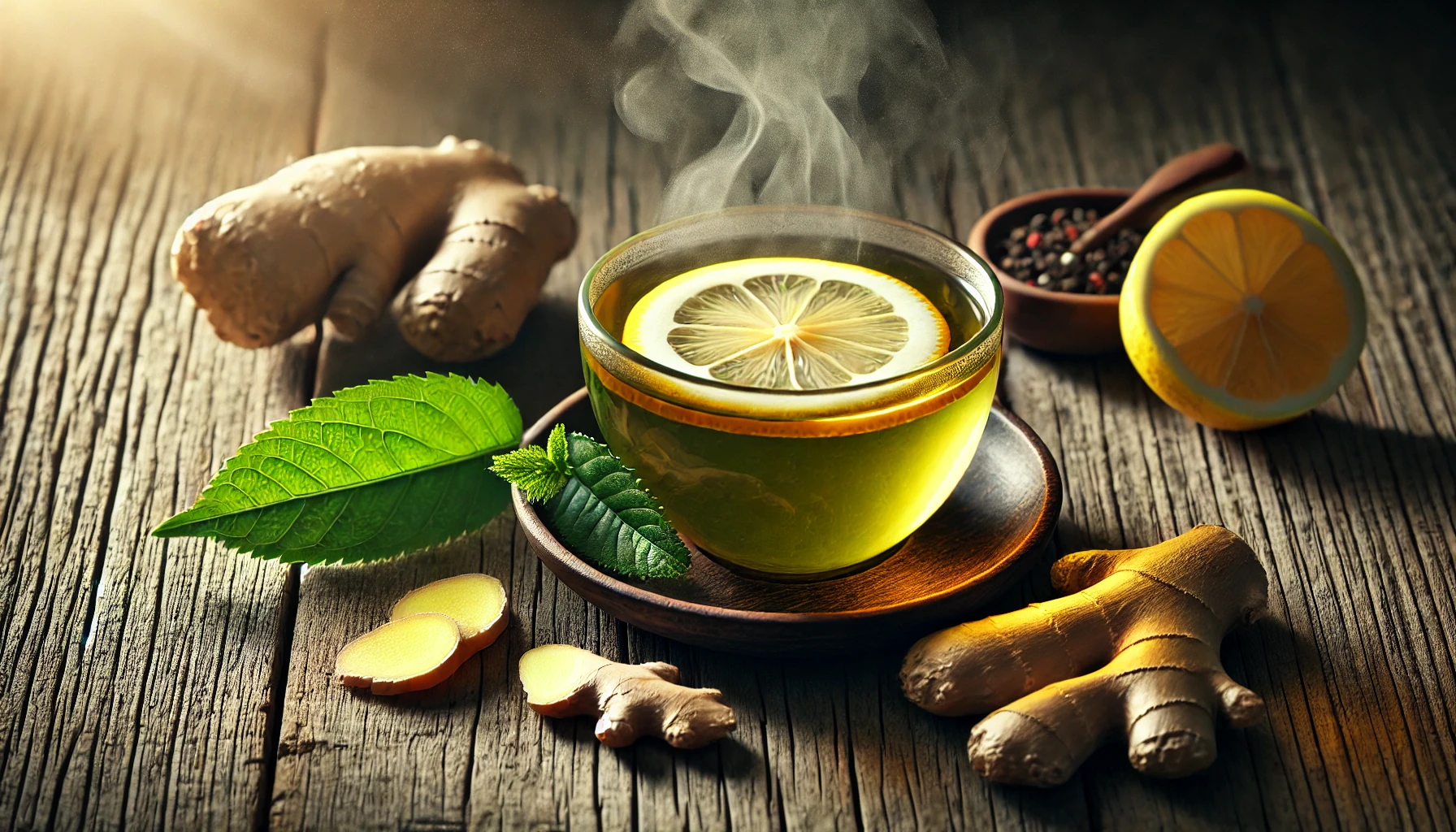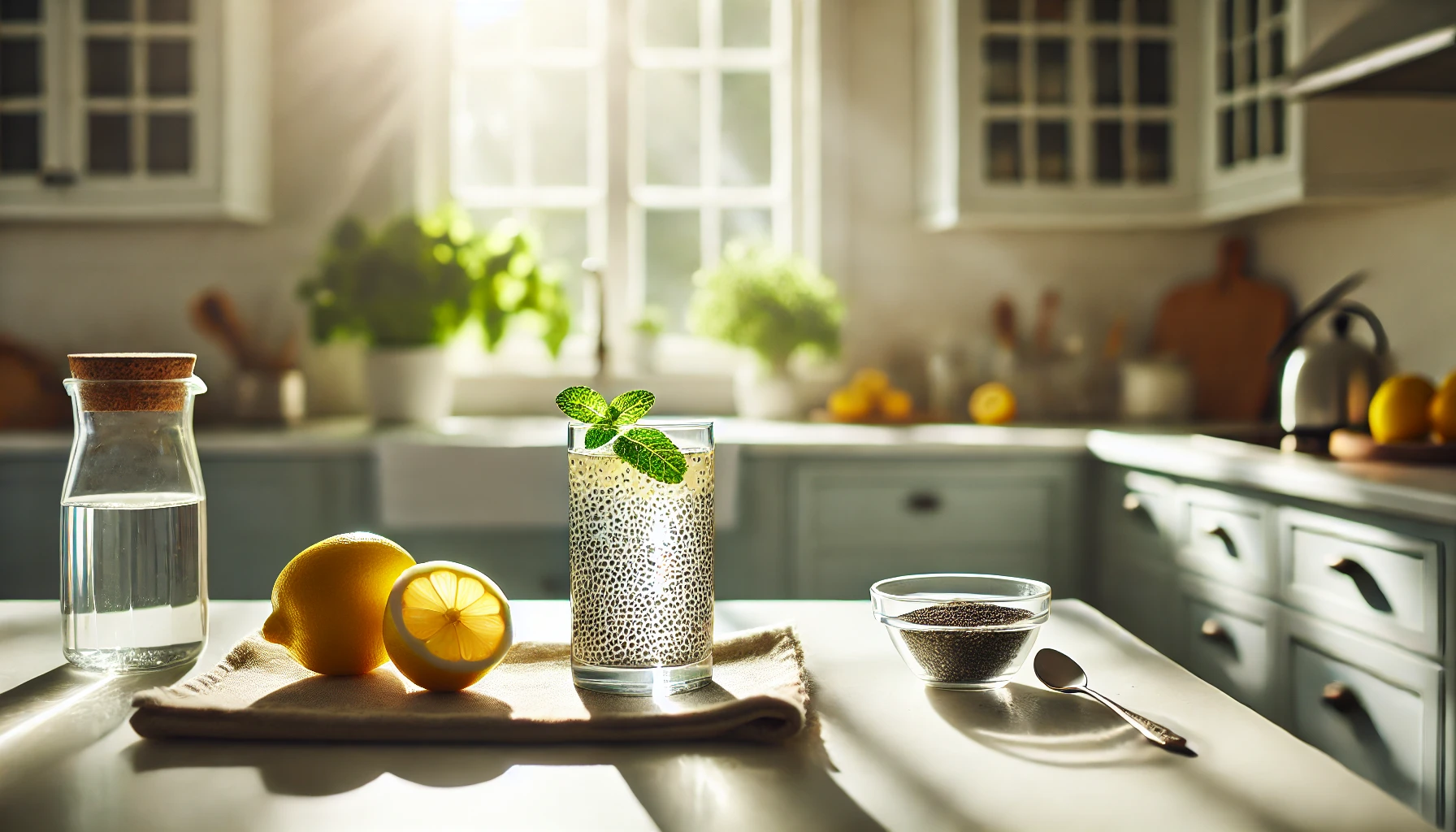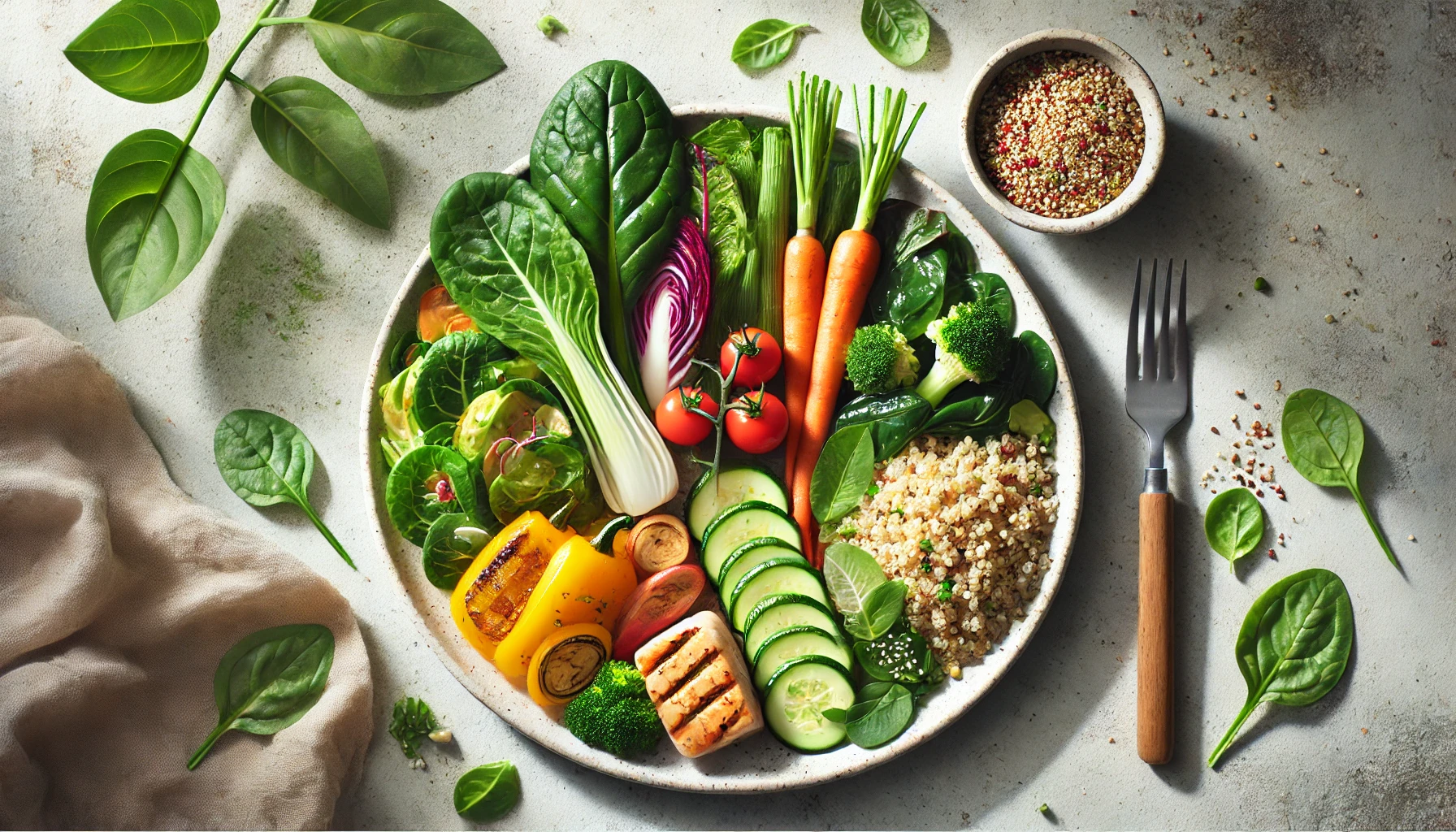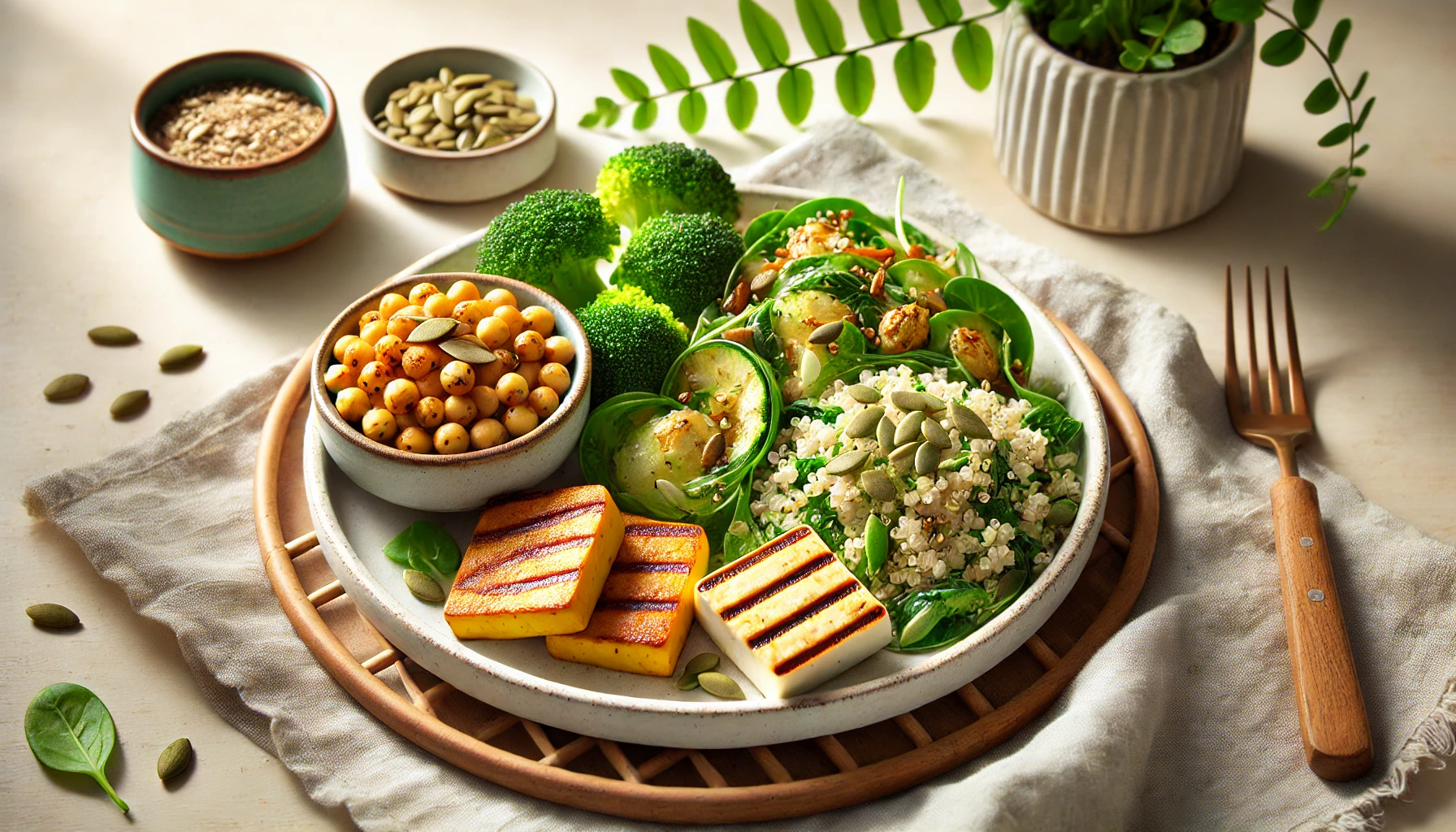how to make rice water for the face, the incredible skincare benefits it offers, and how to use it effectively for glowing, healthy skin.
Introduction: The Skincare Secret From Ancient Times
In recent years, rice water has emerged as a popular skincare trend. But did you know that this simple beauty secret has been used for centuries in different cultures around the world, especially in Asia? From promoting glowing skin to reducing wrinkles, rice water has earned its reputation as a potent beauty elixir.
If you’re wondering how to make rice water for the face, you’re in the right place. This guide will walk you through the process, explain the many benefits of rice water, and provide expert insights on how to incorporate it into your skincare routine.
What is Rice Water?
Rice water is the starchy water leftover after soaking or boiling rice. This milky liquid is packed with nutrients, vitamins, and minerals that are beneficial for skin health. It contains amino acids, antioxidants, and vitamins B and E, all of which contribute to skin hydration, brightness, and anti-aging properties.
Why Use Rice Water for Your Skin?
Rice water offers numerous benefits for the skin. Below are some of the reasons why people worldwide swear by it for their skincare routine:
- Brightening and Even Skin Tone: Rice water is known to lighten dark spots and hyperpigmentation, giving your skin a brighter, more even tone.
- Anti-Aging Properties: Rich in antioxidants, rice water helps to fight free radicals, which can accelerate the signs of aging like wrinkles and fine lines.
- Hydration and Moisture: Rice water is naturally hydrating, helping to moisturize the skin and improve its elasticity.
- Calming Effect: It can soothe irritated or inflamed skin, making it an excellent remedy for conditions like acne or sunburn.
- Tightens Pores: Regular use of rice water helps tighten pores, leading to smoother, firmer skin.
- Reduces Dark Circles: The high vitamin content can help reduce puffiness and dark circles around the eyes.
The Science Behind Rice Water
Rice water contains many nutrients that benefit the skin. Some of the key compounds include:
- Amino Acids: These proteins are essential for repairing and rejuvenating skin cells.
- Inositol: A carbohydrate that helps stimulate cell growth, inositol improves circulation and promotes healthy skin.
- Antioxidants: These protect the skin from damage caused by free radicals, preventing premature aging.
- Vitamins B and E: Both are essential for maintaining skin health. Vitamin B aids in skin repair and growth, while Vitamin E has anti-aging effects.
Types of Rice Water
There are several methods to make rice water, each with slightly different benefits:
- Soaked Rice Water: The simplest form, where rice is soaked in water for about 30 minutes.
- Boiled Rice Water: Rice is boiled, and the resulting liquid is used for skincare. This is more concentrated and typically provides stronger effects.
- Fermented Rice Water: Rice water that has been allowed to ferment for a few days. Fermentation increases its antioxidant properties.
How to Make Rice Water for Your Face: A Step-by-Step Guide
Making rice water at home is simple and cost-effective. Here’s a comprehensive guide for preparing it:
| Step | Method | Time | Details |
|---|---|---|---|
| 1 | Choose Your Rice | – | You can use any type of rice, though organic, unrefined rice is best. |
| 2 | Rinse the Rice | 2 minutes | Wash the rice thoroughly to remove any dirt or impurities. |
| 3 | Soak or Boil the Rice | 30 minutes or 15-20 minutes (boiling) | For soaking: Add rice to water and let it sit. For boiling: Boil the rice and collect the water. |
| 4 | Strain the Rice Water | 1 minute | Strain the rice to collect the rice water in a clean container. |
| 5 | Optional Fermentation (for stronger effects) | 2-3 days | Leave the strained rice water in a container at room temperature for 2-3 days. |
| 6 | Store in a Clean Container | As needed | Store the rice water in an airtight container. Refrigerate for longer shelf life. |
Soaked Rice Water Method:
- Step 1: Rinse 1/2 cup of rice thoroughly to remove dust or impurities.
- Step 2: Place the rinsed rice in a clean bowl and add 2-3 cups of water.
- Step 3: Let it soak for 30 minutes. Stir occasionally.
- Step 4: Strain the rice and collect the water. You now have your rice water.
Boiled Rice Water Method:
- Step 1: Rinse 1/2 cup of rice to remove impurities.
- Step 2: Place the rice in a pot and add 2-3 cups of water.
- Step 3: Boil the rice for about 15-20 minutes.
- Step 4: Once the rice is cooked, strain the rice and collect the liquid.
Fermented Rice Water Method:
- Step 1: Make rice water using the soaked or boiled method.
- Step 2: Pour the strained rice water into a clean glass container.
- Step 3: Let it sit at room temperature for 2-3 days to ferment.
- Step 4: Once fermented, it will have a stronger smell but increased benefits for the skin.
How to Use Rice Water for Your Skin
There are various ways to incorporate rice water into your skincare routine. Here’s how you can use it effectively:
1. As a Toner
Rice water can be applied as a toner after cleansing. Simply soak a cotton ball or pad with rice water and gently swipe it across your face. It helps tighten pores, balance skin pH, and provide a fresh glow.
2. As a Face Mask
Mix rice water with ingredients like honey or turmeric to make a nourishing face mask. Leave it on for about 10-15 minutes and rinse off for smoother, more radiant skin.
3. For Eye Care
Dip a cotton pad into rice water and place it over your eyes for 5-10 minutes to reduce puffiness and dark circles.
4. As a Face Mist
Store rice water in a spray bottle and use it as a face mist throughout the day for a hydration boost and to refresh your skin.
5. As a Skin Soothing Treatment
Rice water can help soothe irritated skin or sunburn. Apply it gently with a cotton ball to areas of discomfort for instant relief.
Expert Opinions on Rice Water for Skin
We reached out to dermatologists and skincare experts for their insights into the effectiveness of rice water for skincare.
Dr. Jane Smith, Dermatologist: “Rice water is a gentle, natural ingredient that can help with skin hydration, skin tone, and even reduce the appearance of fine lines. Its soothing properties make it a great option for people with sensitive skin.”
Dr. Mark Taylor, Skincare Expert: “While rice water may not be a miracle solution, it’s a wonderful addition to any skincare routine, especially for those looking for a natural alternative. Just be sure to patch test first to ensure it works well with your skin.”
Possible Side Effects and Precautions
Rice water is generally safe for most people. However, it’s always important to perform a patch test before using it on your entire face to rule out any allergic reactions. If you have sensitive skin, consider diluting the rice water with water to reduce any potential irritation.
Conclusion: Unlock the Natural Benefits of Rice Water
Rice water is a simple, yet incredibly effective skincare remedy that has stood the test of time. With its numerous benefits like brightening, anti-aging, and moisturizing, it’s no wonder that people worldwide are incorporating it into their daily routines. Whether you’re looking for smoother skin, reduced acne, or a natural toner, rice water can be the secret ingredient your skincare regimen has been missing.
Give it a try—making rice water is easy, and the results speak for themselves. From centuries-old beauty traditions to modern skincare routines, rice water has truly earned its place in the beauty world.
FAQ
1. How often should I use rice water on my face?
You can use rice water 2-3 times a week for best results. However, if you have dry skin, you may want to limit its use to avoid over-drying.
2. Can I leave rice water on my face overnight?
Yes, you can apply rice water before bed and leave it overnight for intense hydration and skin renewal.
3. Can rice water help with acne?
Rice water can help reduce inflammation and redness caused by acne, but it’s not a direct acne treatment. It’s best used as part of a balanced skincare routine.

